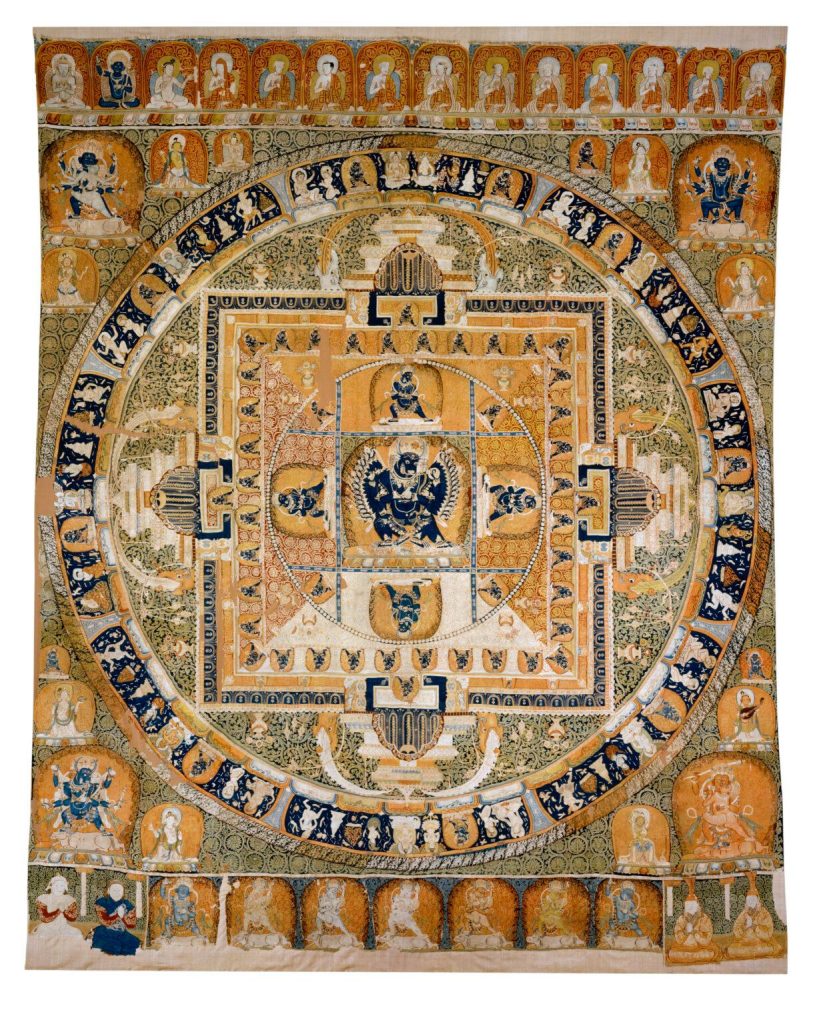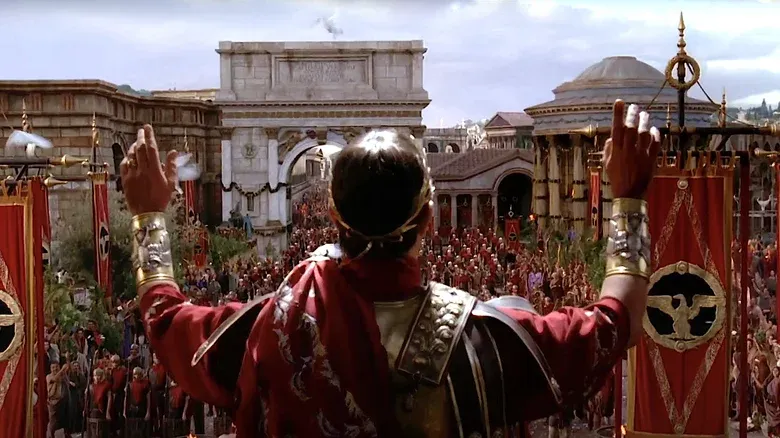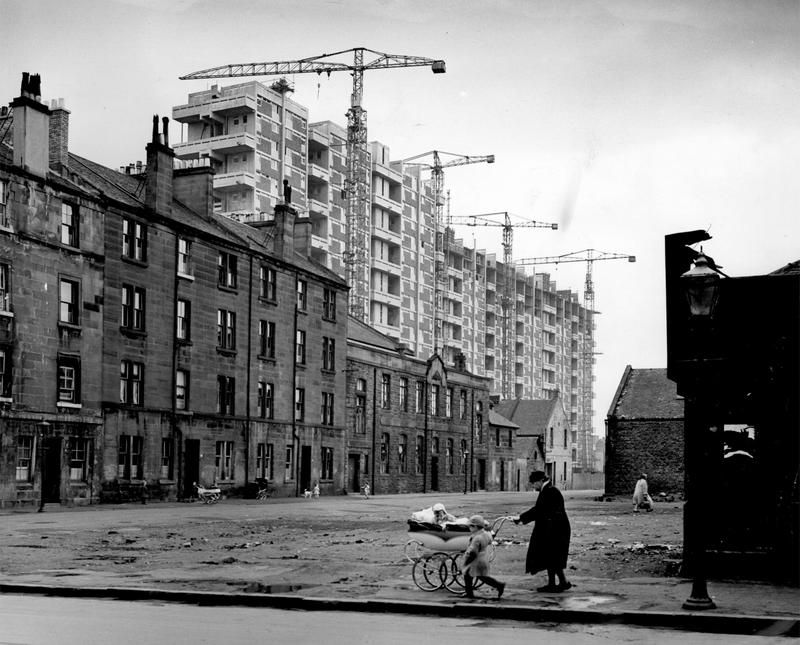
Architecture Without a Future
by Lewis Kelly
How many of us stop to admire the structures surrounding our everyday lives? The saying goes that New Yorkers, famously, never look up. Of course, certain situations call for gazing upon a structure; who does not stand before one of the medieval cathedrals of Europe and marvel? The ways buildings and their designs affect us in the long term has been a focal point among architects for centuries.
Augustus Welby Northmore Pugin (1812-1852), known for his role in the Gothic revival movement of the nineteenth century, for instance, believed that he was not only designing beautiful buildings, but was playing his part in the reformation of society into one filled with morality and beauty, a direct contrast to what he believed he was witnessing in Victorian British society. Today, after a significant period of hiatus, we are again witnessing the emergence of this kind of historicism in architecture. But what does this mean and project into larger society as a whole?
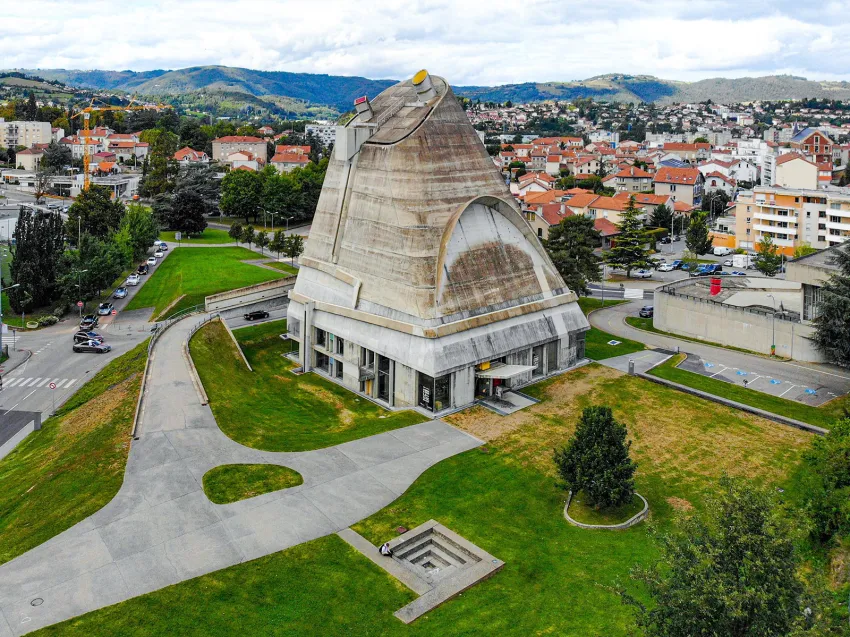
Looking back to the Britain of the nineteenth century, Pugin saw what he believed to be moral and societal decline, noting the ‘degraded’ state of architecture and contemporary culture. His solution, laid out in his 1836 publication ‘Contrasts’, was a return to the style of architecture most closely related to the medieval period – namely gothic.
Pugin, raised Presbyterian and later converting to Catholicism, believed that the centrality of Christian beliefs to medieval society produced a morally right and honest people, in contrast to that which he viewed in his contemporaries. In his adequately titled ‘Contrasts‘, for example, he equated the absence of Catholic feeling among university professors as an outward sign of the spiritual decay of the nation. He believed that through the re-employment of gothic architecture, a style he considered to be inherently Christian and synonymous with the medieval age, society could be lifted from its dismay into the righteousness it possessed in prior days.
Fast-forward to the early twentieth century, and we have another example of architectural expression pursing social improvement in movements like cubism, expressionism, and the famously absurd dadaism that sought to shake off shackles on creative expression such as symmetry, perspective, and the often-excessive ornamentation which had governed over art for centuries, and with them, the conventions that enforced rigid, often oppressive societal norms. Within architecture, the Bauhaus – an artist’s school established by Walter Gropius in Weimar Germany – spearheaded the principle that buildings should be designed based solely on their purpose and function, thus omitting extra decoration, a style which has come to be known as functionalism. Functionalist architectural theory emphasised that societal improvements could be achieved through design. A functionalist future was defined by the pursuit of equality and innovation through the thorough rejection of the ornamentation and decorative styles of bygone days, which Bauhaus artists believed represented inequality, and wastage – in strong contrast with the efficiency and equality espoused by the philosophy governing its designs.
Brutalism too, evolving some decades later – and often frowned upon by the majority of people, who so often cheer at its destruction today – is admirable in the boldness of its new and innovative designs, making use of concrete in ways never seen before, truly and boldly heralding a new era. A clean break with the old. No better examples exist perhaps than brutalist ecclesiastical designs, such as Le Corbusier’s L’église Saint-Pierre in Firminy, France, and Gillespie, Kidd, & Coia’s St. Peter’s Seminary in Argyll and Bute, Scotland or St Bride’s Church in East Kilbride, Scotland. Social housing, often synonymous with brutalism, brought indoor toilets, hot water, and central heating to thousands for the first time and was designed to foster community as well as enable major life improvement, not only in terms of sanitation, but in often overlooked, simple ways, such as access to adequate space and natural light.
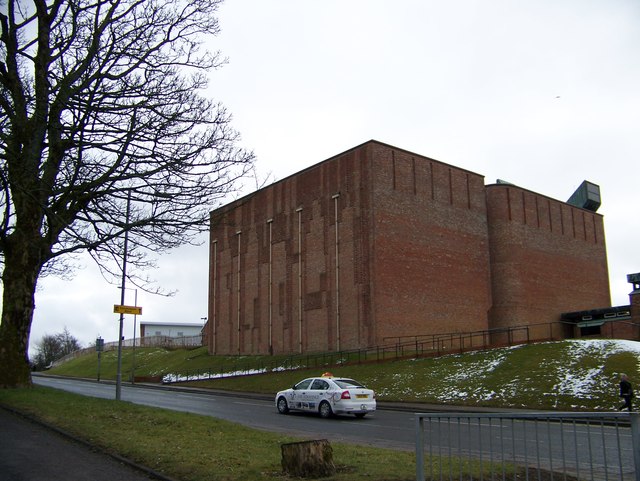
I, before the reader should state the obvious rebuttal, will provide the caveat that although these experiments in new forms of social housing often failed, through shoddy building practices, failure to account for environment (flat roofs in Scotland!?), combined with often improper maintenance, with notorious examples such as the Hutchenstown Blocks in Glasgow, the egalitarian ideology that so often influenced the designs of such buildings, must not be forgotten.
What we can see therefore, is that in the past century new forms of architecture have arise in an attempt to provide betterment for society. These new styles share one thing in common – they were all new, and a drastic break from the styles which preceded them. They symbolised a bright new future, where the problems of old would no longer prevail.
In recent years, for those who even loosely follow design and architecture, one thing may have come to notice: an increased interest in ‘classical revival’ styles of architecture. This especially came to light with President Trump’s executive order “promoting beautiful federal civic architecture” insisting that the design of federal buildings should be make them easily recognisable as such, by insisting their design “respect regional, traditional, and classical architectural heritage”. The ideas have also become more prominent in several Central and East European states such as Hungary and Poland, where examples of renovations of mid-century buildings are completed in the classical style. After a century or so of innovation in architectural styles, especially in government-funded building projects, which broke from past trends in historicism, one may ask: what do our buildings tell us of the society we live in?
Feelings of fear, frustration, and uncertainty often tend to accompany thoughts about the future. It can often be heard, in response to some questions, the response “I no longer watch the news” or “they’re all the same“, when referring to politicians, conveying a lack of optimism, and disbelief in the idea that change is possible. In all, a sense of optimism about the future seems to have disappeared from the common discourse. Hark back to Pugin’s publication ‘Contrasts‘, and compare political discourses today, with that of Francis Fukuyama’s 1992 proclamation of the “End of History”, where the days of war and unrest were forecasted to be firmly behind us. Instead, we have the return of invasions to Europe, political emotions expressed through hate, seen in recent electoral success of parties such as the Alternative fur Deutschland in Germany, and high positions in polls for Nigel Farage’s Reform party in the UK.
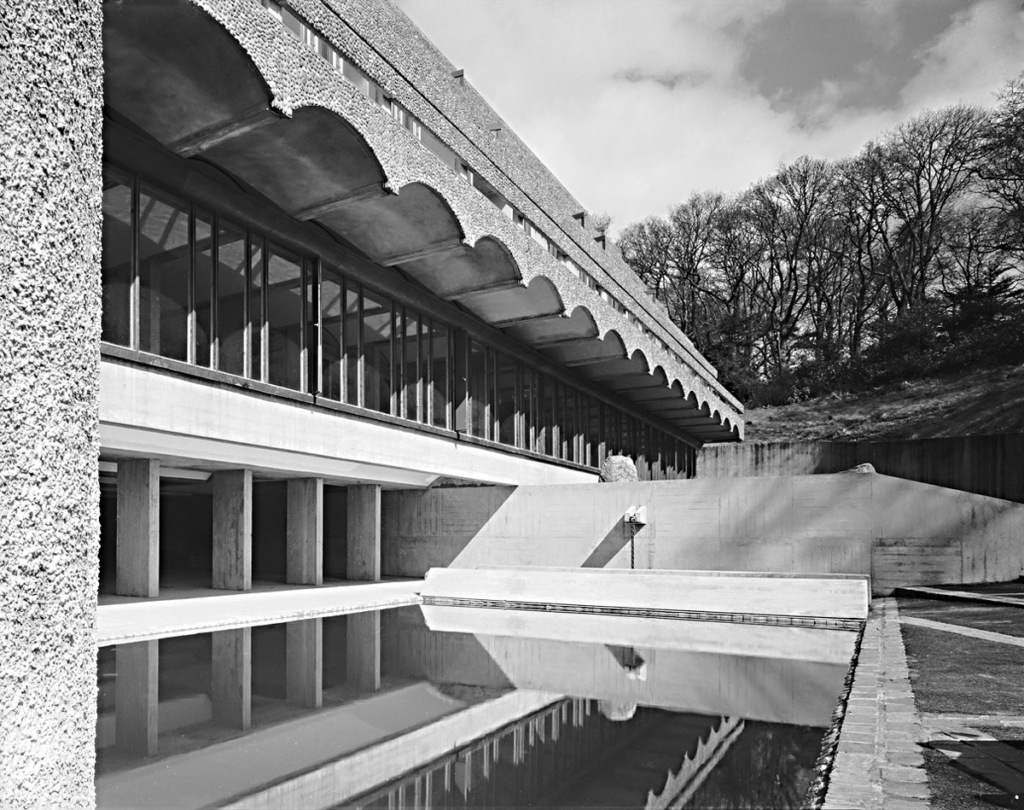
This renewed interest in historical forms of architecture, and the idea that new buildings should be designed in such ways, illustrates the bleak idea that many hold about the future, where, instead of looking forward, one must look back. Almost in the style of an ever-so-cliché “back-in-my-day” or “things-used-to-be-better” rose-tinted vision. For observers of society, this itself is a rather sad illustration of the world in which we live. Where once new, bold, and innovative designs dared to breach norms and herald a new era, today we see the opposite, with architecture looking backwards for inspiration, instead of forwards.
Contemporary styles of architecture, naturally, still exist, as they always have and always will. However, the emergence of ideas advocating for a return to a more classical style of architecture is, itself, an embodiment of the shift we see in the world today, one more distant from the feelings of hope and optimism that humanity’s advancements and time itself might bring.
As one takes some minutes to gaze upon the often opulent and ‘timeless’ structures designed in such schools of historicism, one must not be too careless to forget that this shift signifies not a return to rose-tinted days of old, but a future in which ideas and hope of betterment have dissipated. Always bear in mind, all that glitters, is not gold.
Latest Articles
- The Neglected Value of BreastfeedingOn the benefits of breastfeeding
- Architecture Without a FutureOn architectural historicism
- The Absurdity of the EverydayOn seeking and creating meaning
- Bridging Science and SocietyOn interdisciplinary collaboration
- Renewable Baseload PowerOn the future of energy
- AI and the Battle for CommunicationOn control of communication
- Operating in a Bitcoin WorldOn the new monetary order
- Beyond Political NostalgiaOn hope as a political force
- The New Age of CaesarsOn the end of liberal democracy
- Social Media: Five Stages of GriefOn reclaiming our attention
About the author
Lewis Kelly is a masters student of European Studies in Poland, where he focuses mainly on nationalism, as well as the wider politics of Central and Eastern Europe. His interests include reading, especially sociologically-minded publications, and a keen interest in architecture.
Updates
Sign up to the CATALYST Updates Substack to receive the monthly schedule for new articles, news on the physical print-run of CATALYST’s inaugural issue, and details on the upcoming CATALYST Conference.

